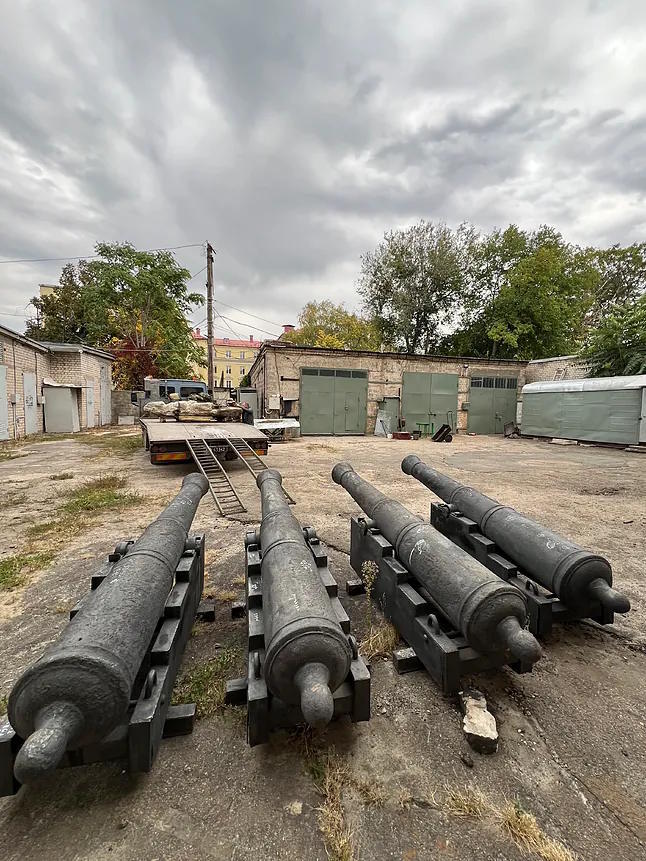Faced with the risk of looting and the devastation of Ukrainian cultural heritage, the relocation of dozens of centuries-old statues known as "Babas" or Polovtsian figures, directly linked to the nation's origin, has been accelerated. Concern is particularly focused on regions where Moscow's forces are advancing, such as the triangle connecting Dnipropetrovsk, Donetsk, and Zaporizhia. Russian attacks, which are creating "metastasis" in Dnipropetrovsk to "capture territory," have forced the Dnipro Museum to embark on a unique evacuation project alongside army units.
These operations are carried out under the constant threat of Russian drones and artillery. Yuriy Fanygin, a historian and collaborator of the National History Museum of Dnipro, recalls how the rescue of the first figures began: "It was a soldier from the Territorial Defense Brigade 123. He saw the statue in a village garden and told me about it. By chance, I spoke with a Polish friend, and she told me that she had also seen other figures in that same area. In the end, between February and March, we managed to rescue 3." Even in the villages, the logistical difficulty was extreme, like when "We had to hide the truck at the beginning of the village. It could only approach when we had already pulled the figure out of the ground."
The carvings, believed to represent warriors or influential women, are the legacy left by the Cumans tribes that inhabited the steppes until the 13th century. Fanygin details that "They were nomads of Turkish origin called Cumans or Polovtsians."
The protection of the 'Babas' goes beyond mere archaeology; it is an act of resistance in the identity conflict fueled by Russia's offensive. Oleksandr Starik, director of the Dnipro Museum, points out that, for Moscow, "those territories belong to them, they are Slavic, according to their version. Nomadic peoples like the Polovtsians do not fit with their myths."
